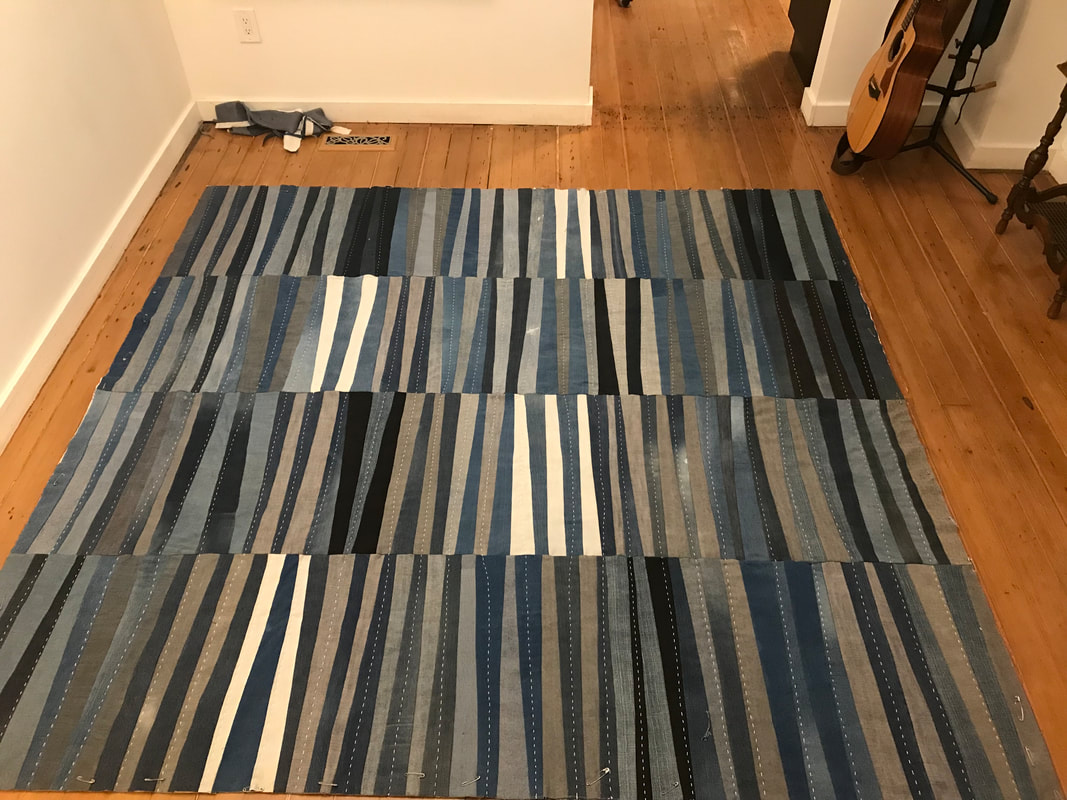| YouTube boasts 100 hours of video uploaded every minute but like digital photography devalued the actual, tactile photo album, the bombardment of everyday video footage has reduced the essential beauty of the captured moving image. What was once the miracle of the moving image is now a lot of space-hogging files we fail to manage well. Shooting video is as easy as a screen swipe, but finding the art in what's being shot has created genres of filmmaking that surely has the Spielbergs, Lucases and Coppolas included in the one billion viewers glued to YouTube every month. I'm addicted to capturing the cute moments of every kid in my life, but with everyone else filming countless hours of other moments of those same kids, I'm fully aware that my shots of kids at dinner, kids playing catch, kids dressing up, kids watching the World Cup, kids rolling out pizza dough, kids acting in skits, and kids with other kids may carry little value or interest in 20 years. More likely, we'll all be using some new interface model by then and all our .MOV and M4v files will be too obsolete to translate. Or iCloud and Google Cloud and all the other cloud-like storage systems will crash in a great grid-locking e-storm and I'll have nothing left to show for all my years of hunchy running around the perimeters of play. | |
For me, it's a new kind of sketching (see above) that is not made for public viewing but for my own reference. For what remains to be seen. (YouTube vid, above)
Below, some other inspiring videos of the everyday seen with a fresh and critical eye:
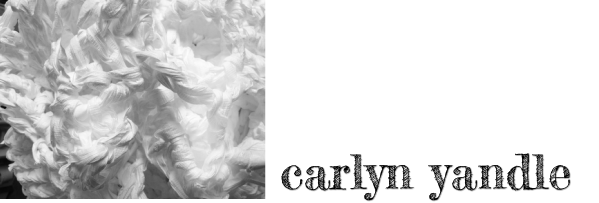
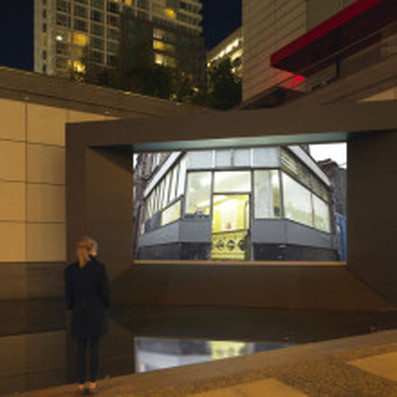

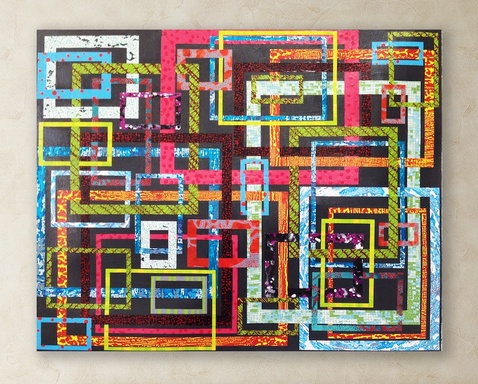
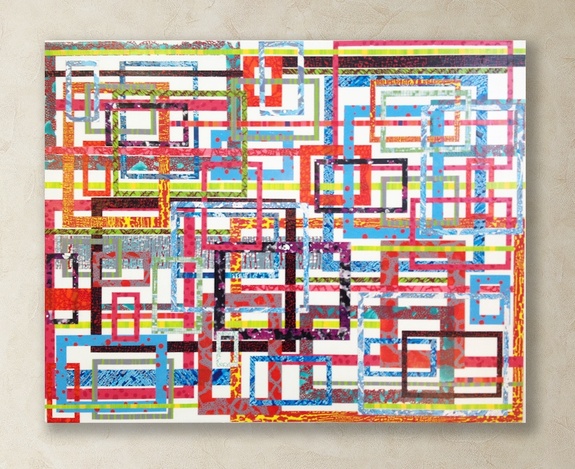
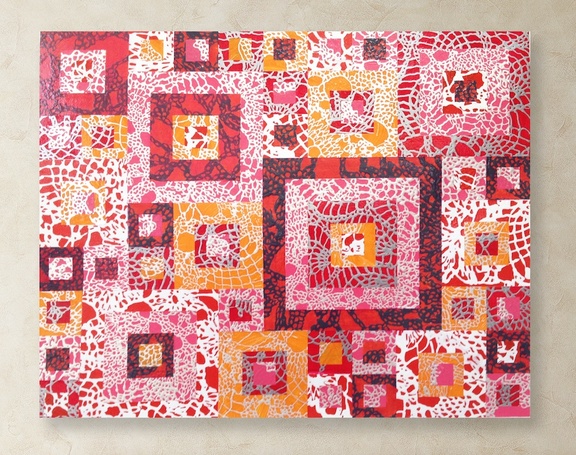
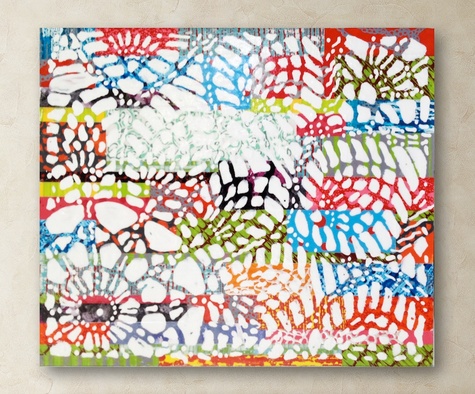
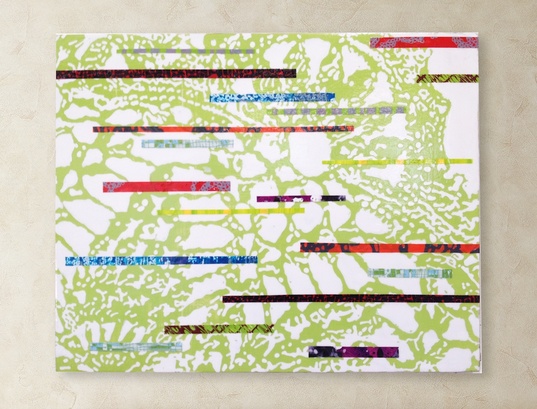
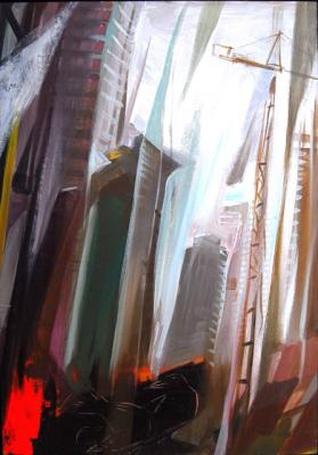
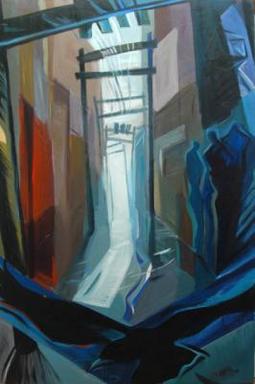
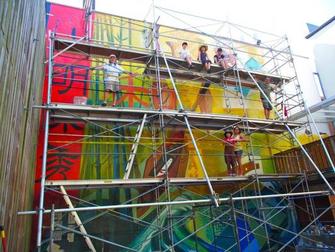
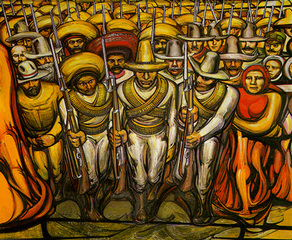
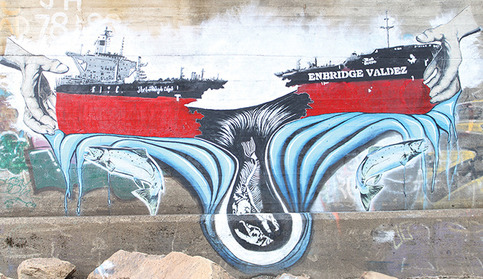
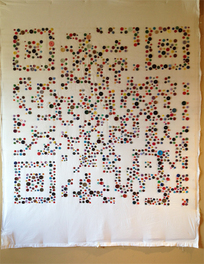
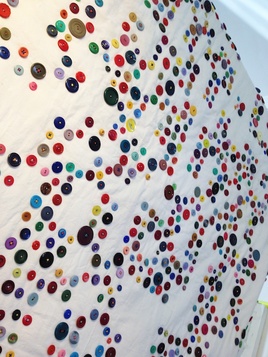
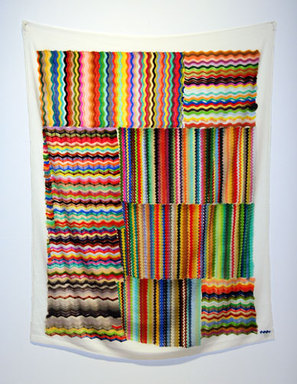
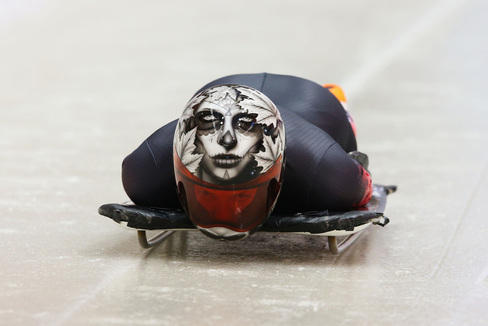
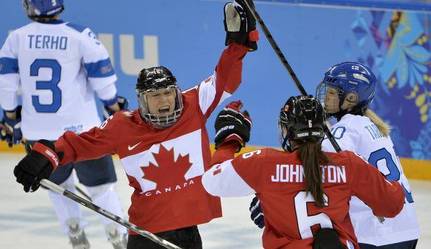
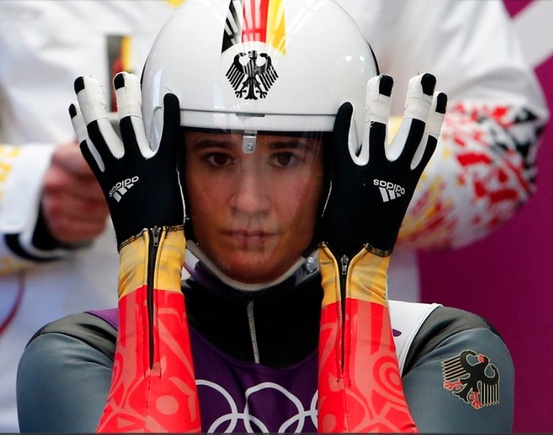
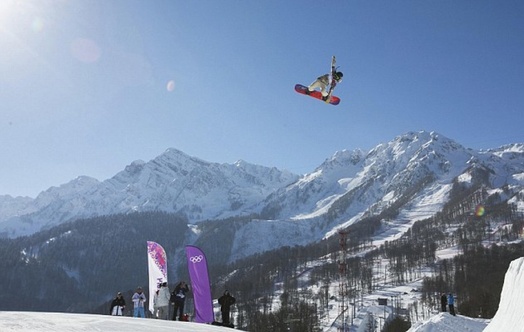
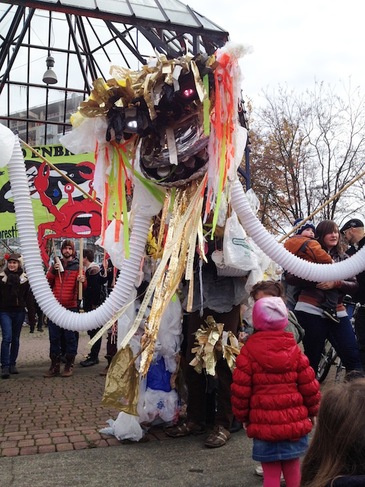
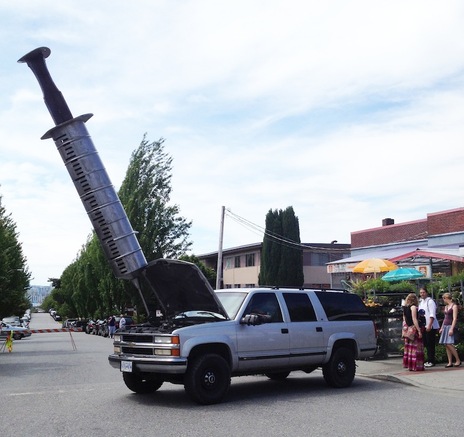
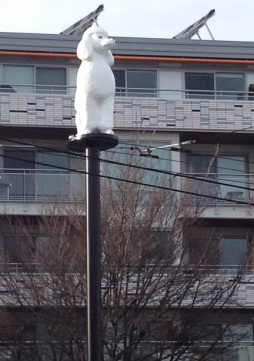
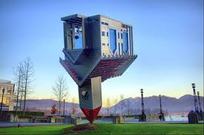
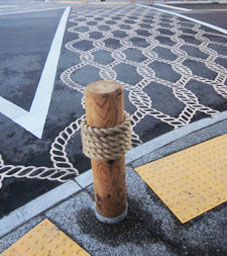
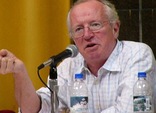
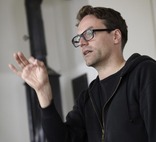
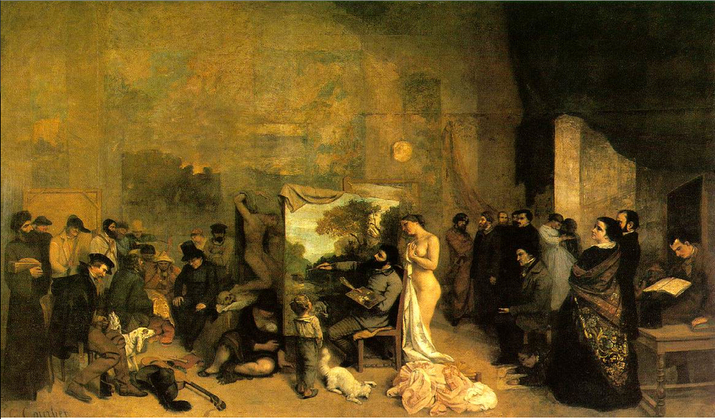
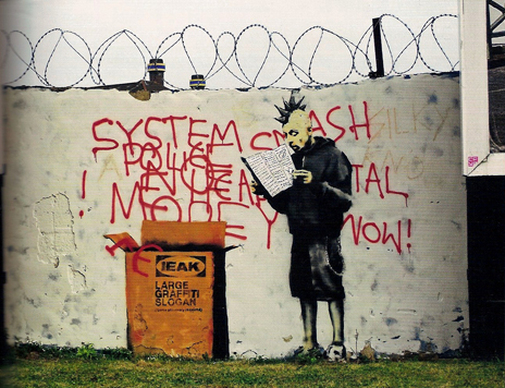
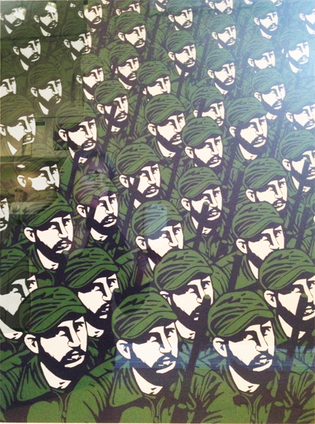
 RSS Feed
RSS Feed

